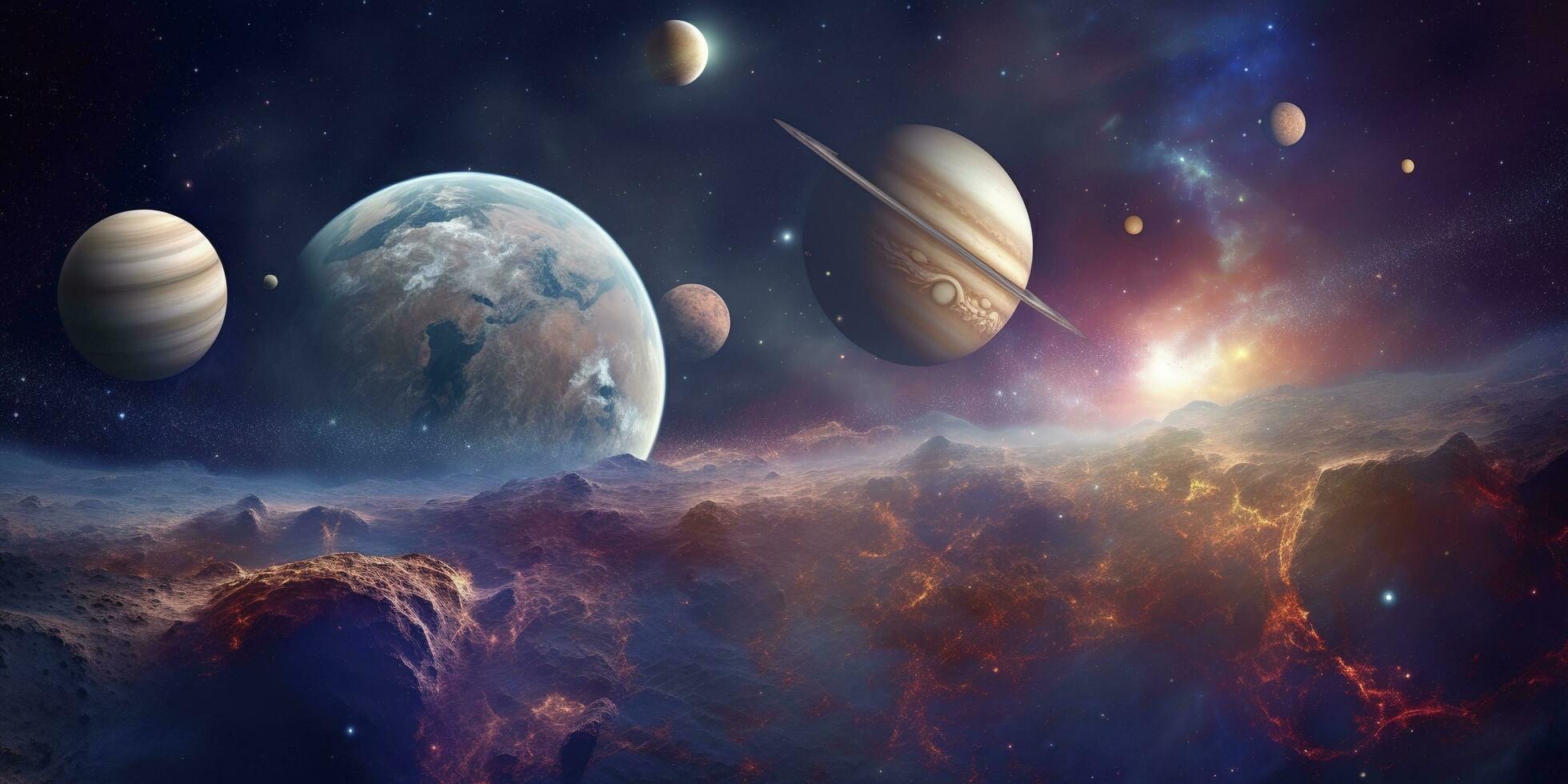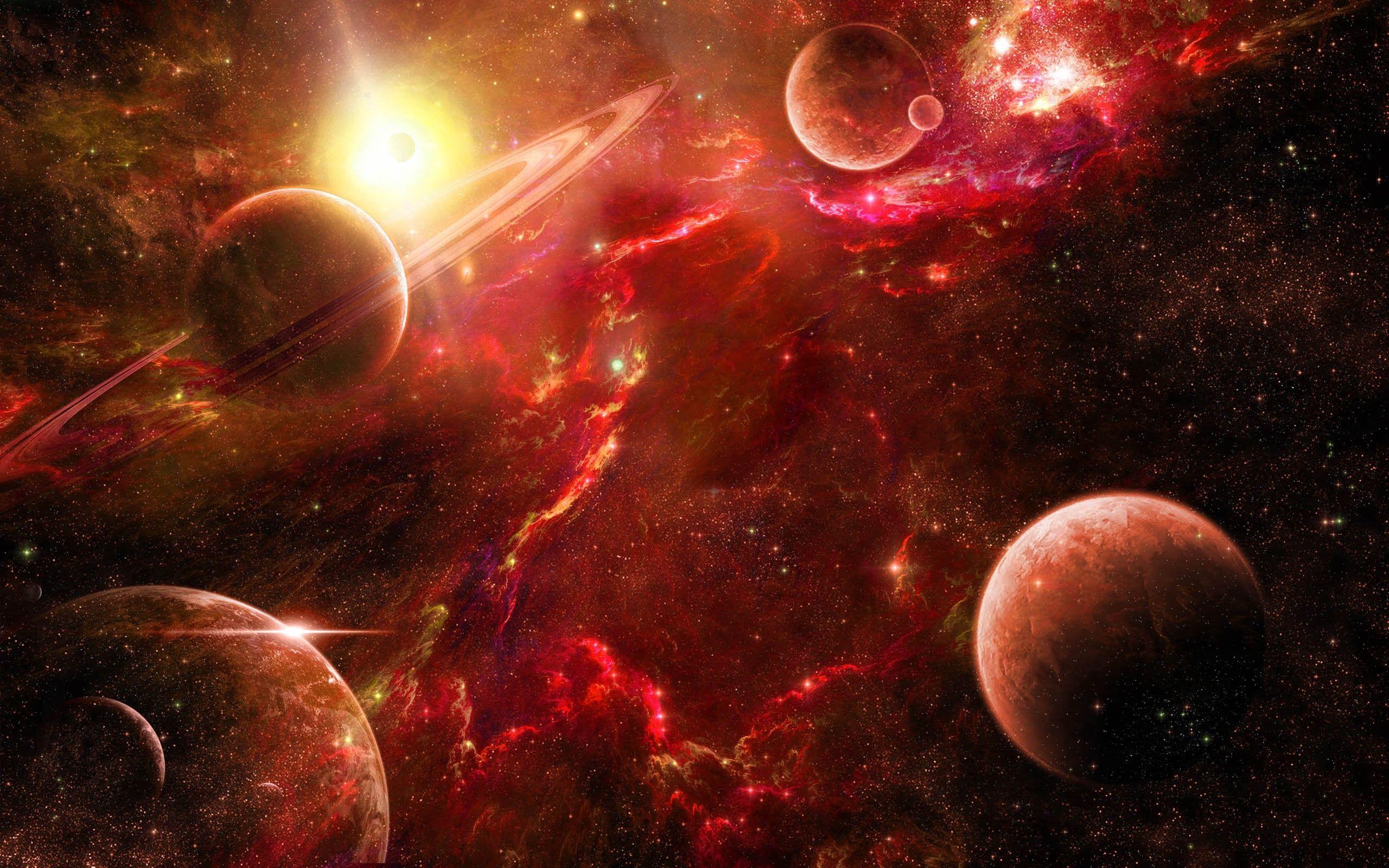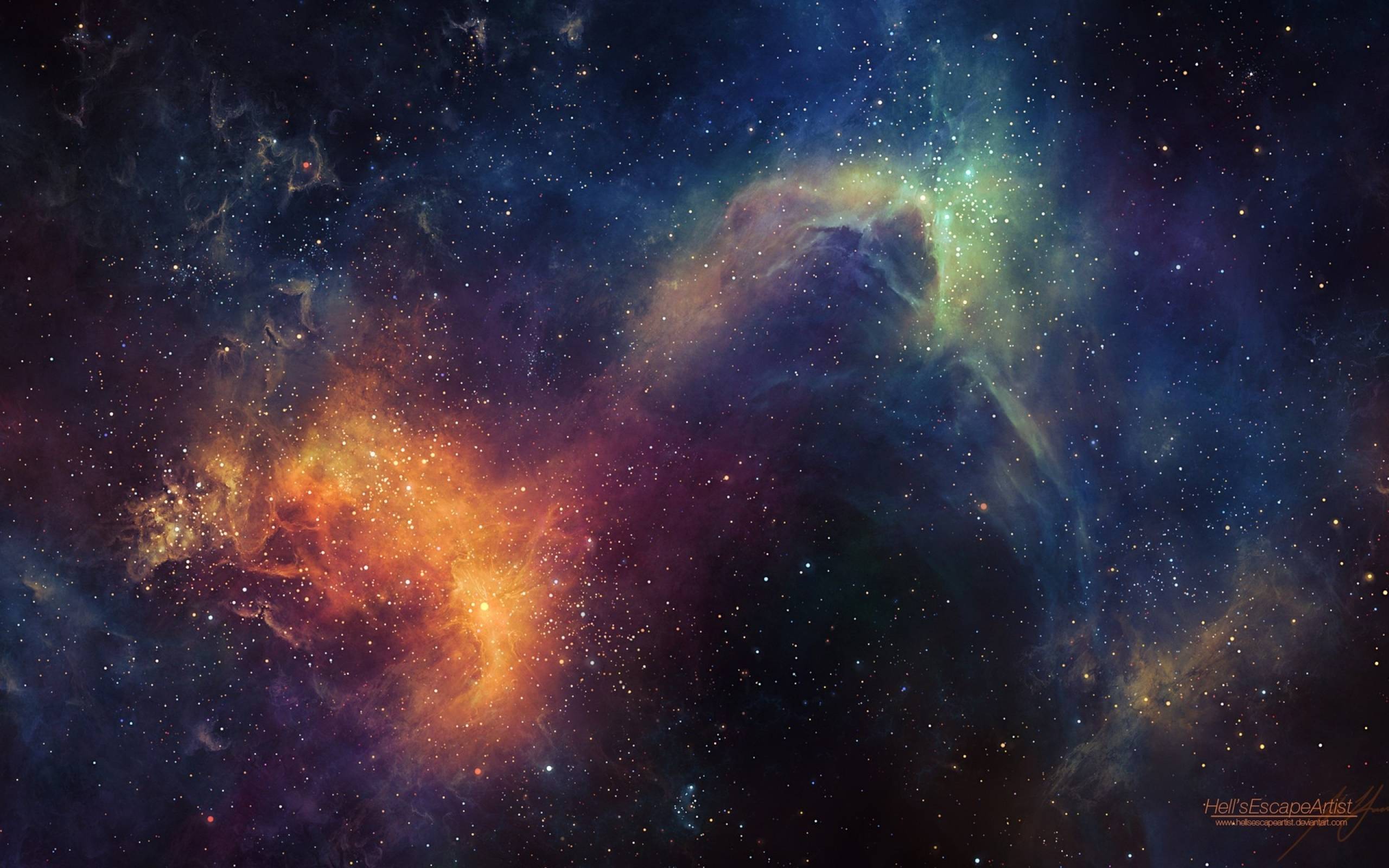Exploring The Vastness: Unpacking The Wonders Of Space 1000
Have you ever looked up at the night sky and just felt a sense of wonder, a real pull to what lies beyond? It's a feeling many of us share, that deep curiosity about the universe. We are, you know, just tiny dots on a small planet, yet our minds reach out to the farthest corners. This exploration of what we might call "space 1000" isn't about a single thing; it's more about the countless, amazing discoveries and the sheer scale of everything out there, truly.
The idea of "space 1000" really speaks to the incredible amount we're learning about the cosmos, a lot of it very recently. It’s like we're constantly adding new pieces to a giant puzzle, and each piece, honestly, just makes the picture even more breathtaking. From distant galaxies to tiny particles, the universe keeps showing us its secrets, and we keep trying to figure them out, which is quite a thing.
This article will take a look at some of the most exciting parts of this ongoing cosmic journey, drawing on what we've learned from our very own human efforts. We'll touch on new ways of seeing light, the big challenges of space junk, and even how living in space changes us, too. It's a chance to consider, in a way, just how much there is to know about space and our place within it.
Table of Contents
- Unveiling the Cosmos with New Eyes
- Humanity in Orbit and Beyond
- The Growing Challenge of Space Debris
- The Future of Space Exploration
- Frequently Asked Questions About Space
Unveiling the Cosmos with New Eyes
Our ability to look out into space has changed so much, really. It’s a bit like getting stronger glasses to see things that were always there but just out of reach. These amazing tools help us grasp the sheer scale and beauty of the universe, and we're constantly getting better at it, apparently.
The Hubble Legacy
For decades, the Hubble Space Telescope has been our eye in the sky, capturing some of the most stunning pictures of space we've ever seen, very truly. It’s been going strong for 35 years now, which is quite a run for a piece of equipment orbiting our planet. The images it sends back, you know, have helped us understand so much about galaxies, nebulae, and the very beginnings of the universe itself. It’s a testament to long-term vision, in some respects.
The pictures from Hubble, honestly, aren't just pretty to look at; they've given scientists so much data. They've helped us measure the expansion rate of the universe and even find planets orbiting other stars. Its work has really shaped how we think about the cosmos, and it's still making important contributions, too.
James Webb Space Telescope: A New Era
More recently, the James Webb Space Telescope, or JWST, has taken our cosmic viewing to a whole new level, which is just amazing. It sees in infrared light, letting us look back further in time than ever before, almost to the very first stars and galaxies. Discoveries from JWST have, you know, even challenged some of our older ideas about how light travels and the very shape of the universe. It's truly pushing the boundaries of what we thought we knew.
The images from JWST are, in a way, even more detailed and reveal things Hubble couldn't see. We're getting views of exoplanet atmospheres, nurseries where stars are born, and distant galaxies forming, all with incredible clarity. This new perspective is helping us rewrite parts of our cosmic story, and it's very exciting to watch.
Rethinking Light and Reality
Beyond just seeing more, some recent ideas are even making us think differently about light itself, you know. Instead of just seeing light as a particle or a wave moving through space, some theories suggest it might be a stationary medium, a foundational layer of reality itself. This is a pretty big thought, honestly, and it could change how we understand the universe at a very basic level.
These kinds of new ideas, like the ones coming from rethinking light cones in a hyperspherical universe, are a direct result of the fresh data we're getting from telescopes like JWST. It shows how every new piece of information can, apparently, open up entirely new ways of thinking about the cosmos and our physical laws. It’s a dynamic field, that's for sure.
Humanity in Orbit and Beyond
It's not just about looking out into space; it's also about going there, which is a big part of "space 1000." Our efforts to send people and probes beyond Earth show a deep human desire to explore and understand, truly. It's a challenging but very rewarding path, you know.
Life on the International Space Station
Astronauts like Suni Williams and Butch Wilmore spending extended time on the International Space Station are adding so much to what we know about how space affects human health, too. Living in microgravity for long periods changes the body in many ways, and understanding these changes is vital for future long-duration missions, like going to Mars. It's a lot to learn, obviously.
Interestingly, studies on the station have also revealed some surprising things about the environment there. Hundreds of surface swabs, for instance, have shown that the station lacks microbial diversity, which is an imbalance that has been linked to health issues in other settings. This kind of information is, in some respects, really important for keeping astronauts healthy on long trips.
Missions to Distant Worlds
This year, humanity has really accomplished new feats in space, which is pretty cool. We've managed to scoop up samples from the moon's farside, a part of the moon we rarely see from Earth. This kind of mission, you know, gives us direct samples to study and learn more about our closest celestial neighbor. It's a big step forward, honestly.
Also, launching a probe to Jupiter's moon Europa is a huge undertaking, very much so. Europa is a fascinating place because it's thought to have a vast ocean beneath its icy shell, a place where life might just exist. These kinds of missions push our technological limits and our understanding of where life might be found beyond Earth, which is a rather profound thought.
The Growing Challenge of Space Debris
While we're busy exploring, we've also created a significant problem: space debris. There are around 130 million pieces of space junk in orbit, which is an incredible amount, really. From this, over 40 thousand pieces are 10 centimeters or larger, big enough to cause serious damage to satellites or spacecraft. It's a real concern, obviously.
With over 12,000 active satellites currently orbiting Earth, the risk of collisions with this debris is constantly growing, you know. A single collision can create even more debris, leading to a cascade effect that could make certain orbits unusable. It's a challenge that needs very careful management and new solutions, apparently, to keep space safe for future missions. Learn more about space sustainability on our site.
The Future of Space Exploration
The journey into "space 1000" is far from over; in fact, it feels like it's just beginning, very much so. We're seeing incredible advancements in astronomy, cosmology, planetary science, and astrobiology all the time. The space topic, you know, is always featuring the latest news, whether it's about exoplanets or new theories about the universe. It keeps us on our toes, honestly.
The ongoing work with telescopes like Hubble and JWST, coupled with ambitious missions to the moon and outer planets, means we're constantly expanding our cosmic horizons. We're learning more about how the universe works, where we came from, and perhaps even where we're going. It's a story that unfolds daily, and we're all a part of it, in a way. You can also link to this page for more insights into cosmic discoveries.
Quantum teleportation, as Microsoft reports, has been made, which is a truly mind-bending concept. While I have no source details right now, this kind of news hints at future technologies that could completely change how we interact with space and information. It's the kind of development that, you know, will likely become common knowledge as time goes on, and it's quite exciting to think about.
The future of "space 1000" involves not just grand missions but also solving the practical problems we create, like space debris. It’s about understanding the very fabric of reality and how living in space affects us. It’s a vast and exciting frontier, and our curiosity, very honestly, will keep pushing us forward. The best space pictures ever, from Hubble, the James Webb Space Telescope, and more, keep reminding us of the beauty and mystery that awaits. For further reading, you might check out NASA's official website.
Frequently Asked Questions About Space
What are some of the most recent space discoveries, you know? Well, recent discoveries include new findings from the James Webb Space Telescope, like insights into early galaxies, and humanity's success in scooping up samples from the moon's farside. There's also the launch of a probe to Jupiter's moon Europa, which is a big deal, honestly.
How does living in space affect human health, apparently? Extended stays in places like the International Space Station help us learn a lot about how microgravity changes the body. Studies have shown things like a lack of microbial diversity on the station, which can be linked to health issues. It's a very important area of study for future long missions, too.
What is space debris and why is it a problem, in a way? Space debris refers to all the non-functional human-made objects in orbit around Earth. There are millions of pieces, some quite large, and they pose a significant collision risk to active satellites and spacecraft. This can create even more debris, which is a serious concern for keeping space safe, very much so.

Space wallpaper banner background. Stunning view of a cosmic galaxy

Outer Space Wallpapers - Wallpaper Cave

Outer Space Desktop Backgrounds - Wallpaper Cave